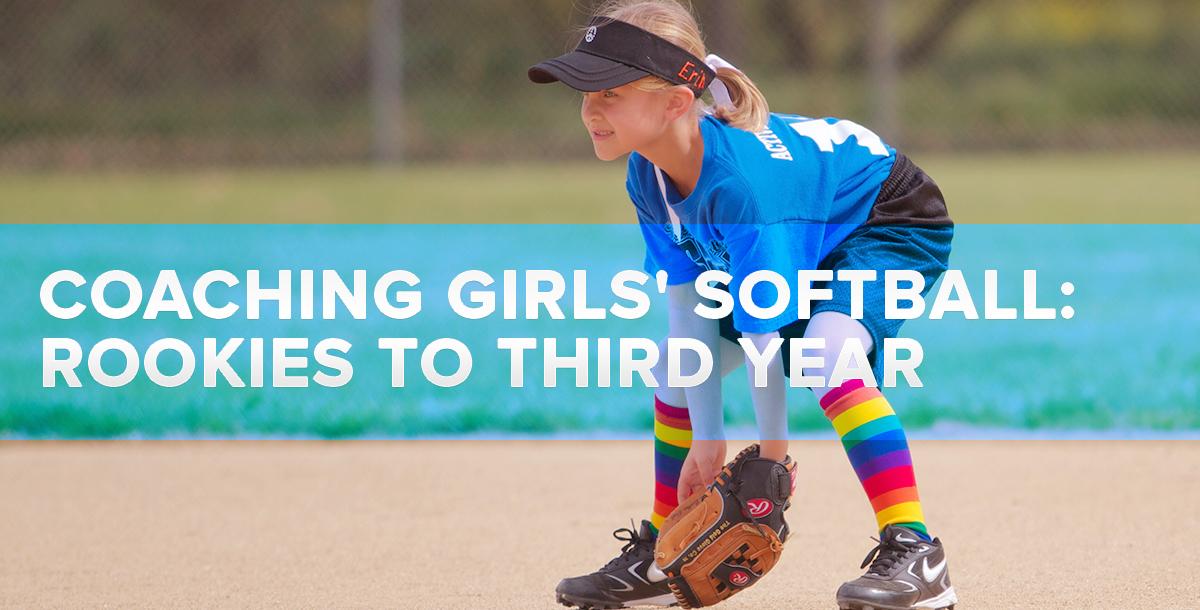1
2
3
4
5
6
7
8
9
10
11
12
13
14
15
16
17
18
19
20
21
22
23
24
25
26
27
28
29
30
31
32
33
34
35
36
37
38
39
40
41
42
43
44
45
46
47
48
49
50
51
52
53
54
55
56
57
58
59
60
61
62
63
64
65
66
67
68
69
70
71
72
73
74
75
76
77
78
79
80
81
82
83
84
85
86
Lesson 87:
Practice 11: Hitting
88
89
90
91
92
93
94
95
96
97

Starting out as a softball player is no easy task. There are many elements to the game and it can be overwhelming without the right guidance. Coach Jodie Ricciardi makes the process of coaching players at the rookie level easier with 75 softball drills, skills and coaching tips developed for beginner and intermediate girls' softball players. This collection of instructional video courses provid...
